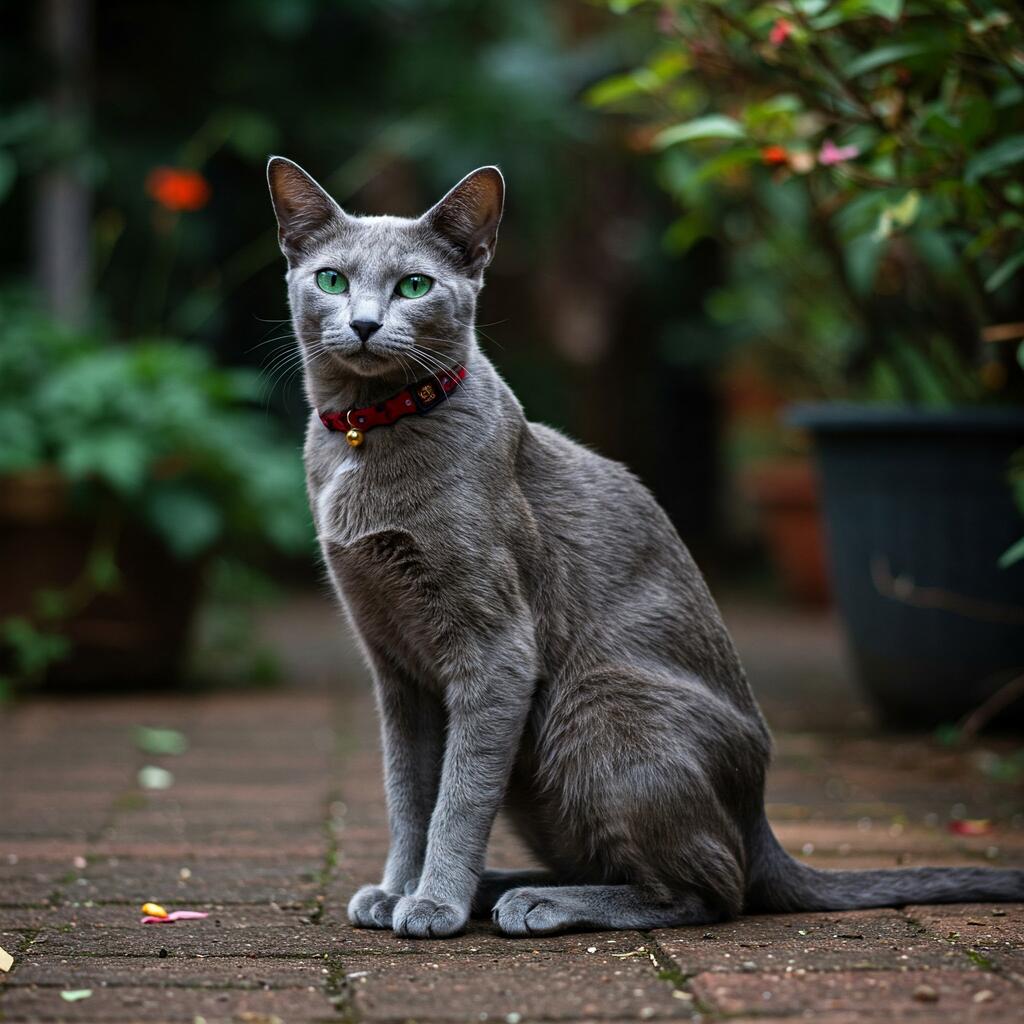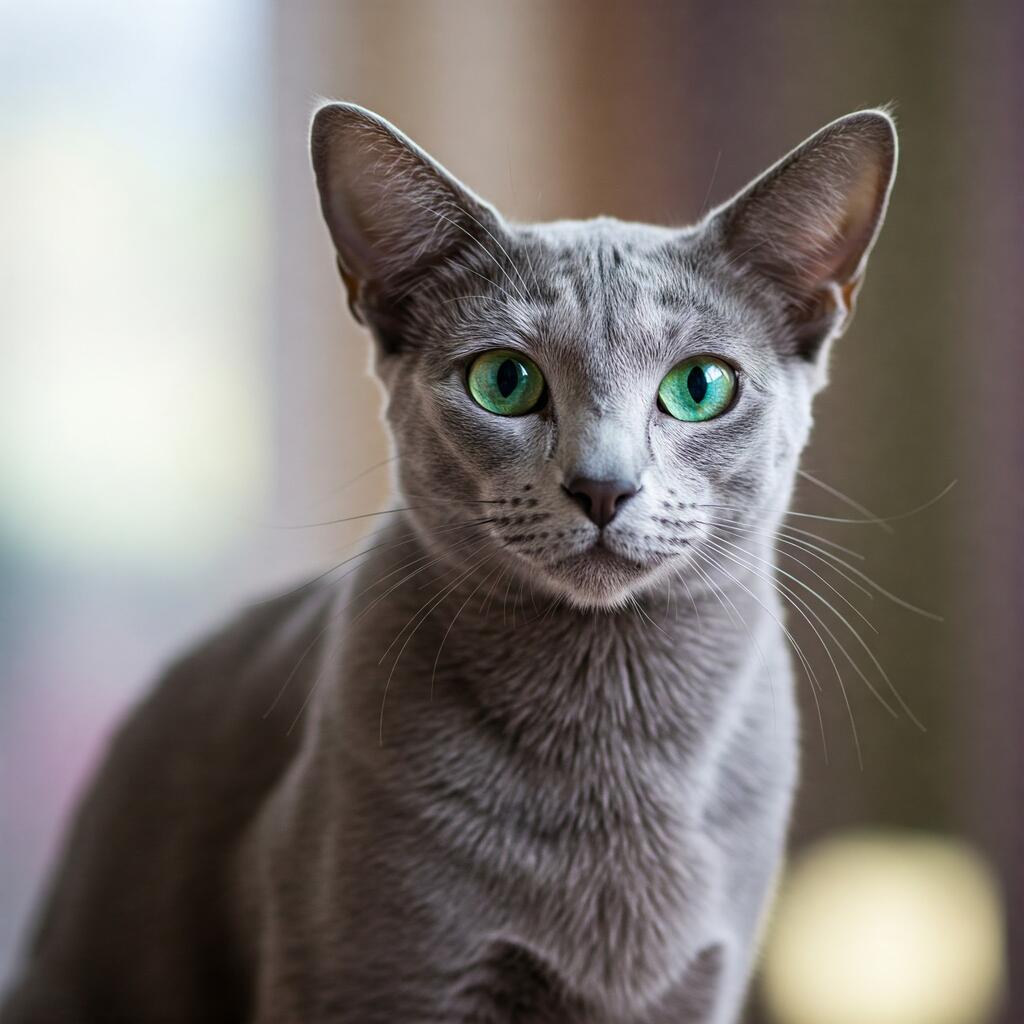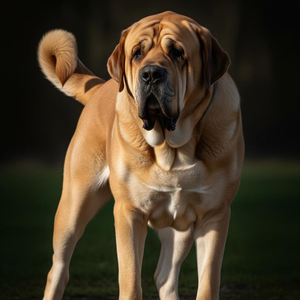
Understanding the Thai Good Luck Korat Cat Breed
The Korat cat is a very old, and natural, breed, i.e. it was not created by humans and developed in Thailand, specifically on the Korat Plateau, where most of these cats are found. Thanks also to the isolation of the areas where it was most concentrated, it has remained as it was in ancient times to this day.
In Thailand it is also called Si-Sawat, i.e. Lucky Bearer. It was in fact given as a present to newlyweds as a wish for a happy and wealthy married life. Or placed next to a baby's cradle as an auspicious omen for the success the newborn will have in life. Even today, it is carried in processions in villages to propitiate the arrival of rain.
Korat cats in Thailand are rarely bought: they are usually given as gifts because their ability to bring good luck does not have a price tag. They are considered a very precious gift reserved for noble people, diplomats or even royalty. Whereas now in the rest of the world they have a rather high price because they are very rare.
This cat even appears in the book of cat poems, which is dated 1350. In Europe this cat arrived around the end of the 19th century, while in America the first couple of these cats arrived in 1959 and a breeding of this breed was started by crossing with the Siamese, five years later the breed standard was recognised in all feline associations.
Character of the Korat Cat

It is not easy for this cat to live with other animals as he tends to be a little tyrant and wants to do everything his own way. As long as you respect its rules, it is a playful cat and also gets along well with children as it never gets tired of playing. You cannot leave this cat alone for any length of time, he suffers greatly from loneliness, and neither toys nor other animals can replace his favourite human figure for him.
It is a curious and very intelligent cat, it is also able to imitate human attitudes and to be led on a leash. The female of this species is more enterprising and autonomous than the male, especially if neutered, who is much quieter and more reflective.
Appearance of the Korat Cat

The muzzle of this cat is unique, it is heart-shaped, with a slightly pointed chin. The eyes are large, round and deep green in colour, the ears are large with round tips. The tail is of medium length with a rounded tip.
The colour of the Korat's coat is only one: grey. However, it has a singularity; each individual coat is divided into three different shades of grey: light at the root, darker in the middle and completely transparent at the tips. This transparency of the tips gives the hair a shiny appearance, which gives the whole coat a silvery sheen. The coat is short, silky, shiny and adheres very well to its physiognomy.
Care and health of the Korat Cat

As far as feeding is concerned, this cat is not a big eater, but can gain weight due to lack of exercise.
As far as grooming is concerned, as it has no undercoat it does not shed hair except during the moulting period, and for coat care a wipe with a soft glove once a week is sufficient.




